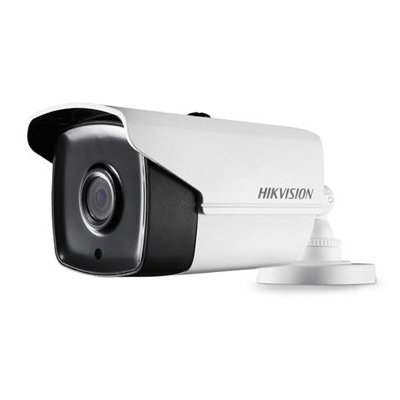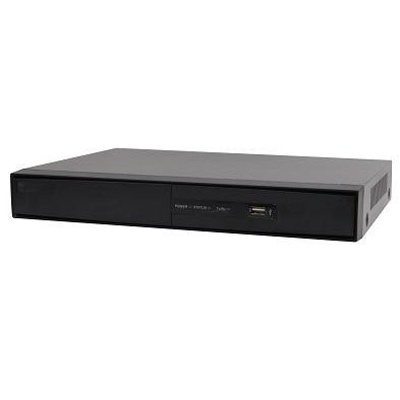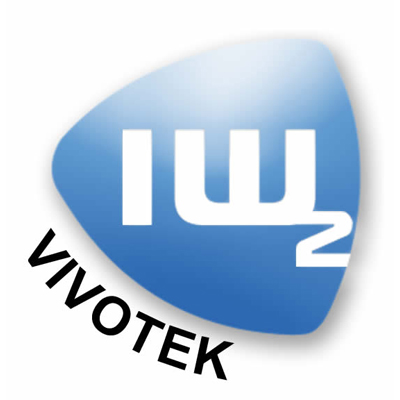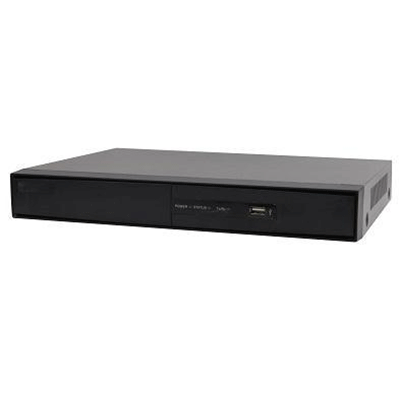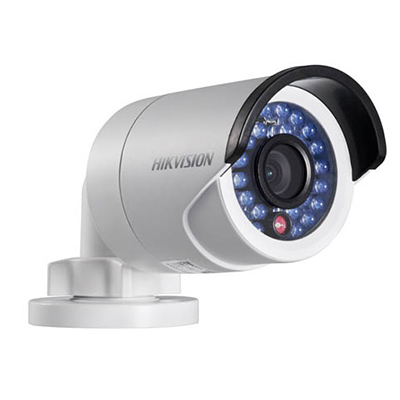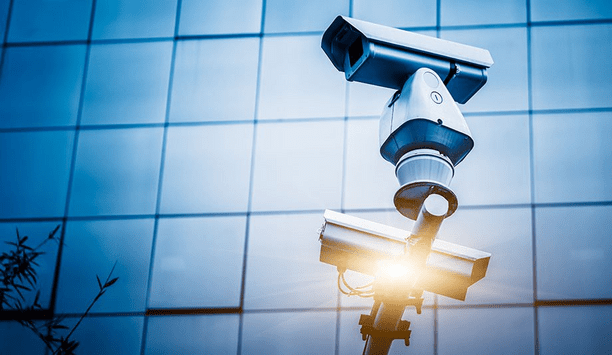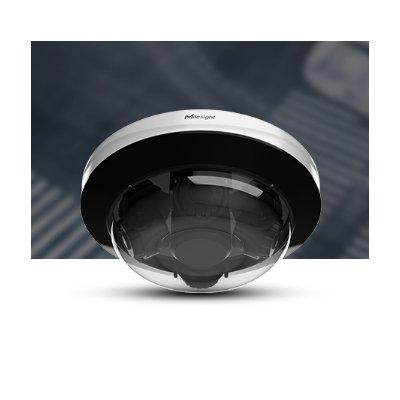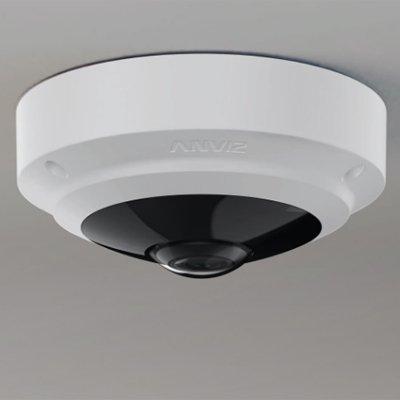Low-light condition. Yes, everyone has experienced such an environment. It has been a prevailing monitoring challenge for installers and end users.
Images taken from scenarios with dark lighting (or during nighttime) using traditional surveillance cameras are often black and white, fuzzy, or heavily pixelated, which is not ideal for backtracking in case of an event.
4K cameras and video surveillance
When choosing the right camera for scenarios with low illumination, users can consider 4K cameras
When choosing the right camera for scenarios with low illumination, users can consider 4K cameras, the latest craze in the industry that is gradually becoming a mainstream monitoring solution nowadays.
In fact, according to the latest report, the 4K Video Surveillance Market Size is expected to grow at 9% CAGR (Compound Annual Growth Rate), which is primarily driven by the increasing demand for public safety and security services, as well as the speedy advancements in 4K technologies and more affordable cameras on the market.
4K in a nutshell
4K cameras have a resolution of 3840 x 2160 pixels, resulting in a whopping 8 million plus pixels. In comparison, a 4K surveillance camera has 4 times the number of pixels of a 1080P camera, allowing it to produce clearer images with significantly higher resolution.
If users try to compare the image output of 4K cameras to traditional non-HD surveillance cameras, they will immediately realise that the significant increase in resolution reflects the difference between “ambiguous” and “clear” details in the image.
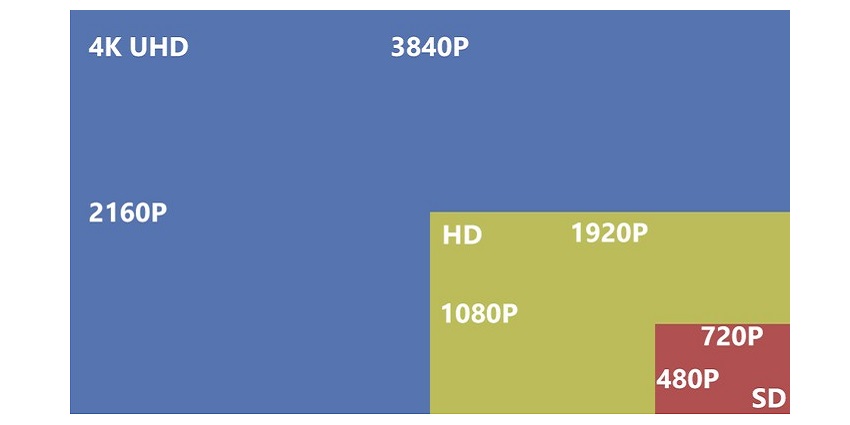
Dahua full-colour 4K cameras
The Dahua Full-colour 4K cameras utilises Dahua’s very own Full-colour technology, delivering enhanced images and surveillance footage 24/7. It adopts a 1/1.2” image sensor (currently Dahua's best low-light IPC sensor) that provides a 110% pixel size increase compared to a conventional 8MP sensor.
What’s more, its F1.0 large aperture can capture more available light and the maximum light energy that the sensor can receive is increased by 2 times.
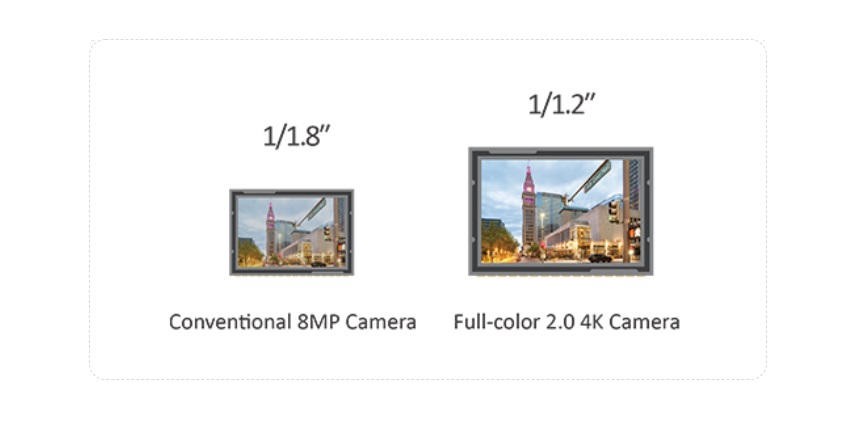
AI functions
Dahua full-colour 4K cameras are packed with AI functions that can accommodate various monitoring needs
The Dahua full-colour 4K cameras are packed with AI functions that can accommodate various monitoring needs of users. Perimeter Protection accurately detects targets in the scene. SMD 3.0 reduces false alarms and increases the detection distance.
AI Schedule allows users to set different AI functions based on their preferred time flexibly. Other AI functions include People Counting (8 rules) and Queue Management (4 rules).
Takeaways
Gone are the days of potato-quality black-and-white surveillance video footage of scenarios under dark environments. Darkness or nighttime should not hinder capturing clear colour images of the scene.
With rapid technological development and innovation, intelligent devices like the Dahua Full-colour 4K cameras can effectively solve this issue, providing a clear and vivid image of the scene that is beneficial for accurate video analysis.








